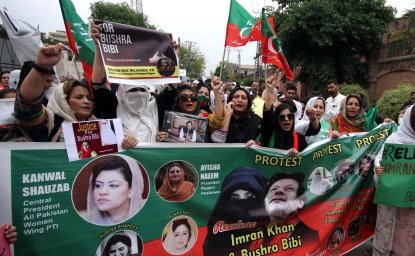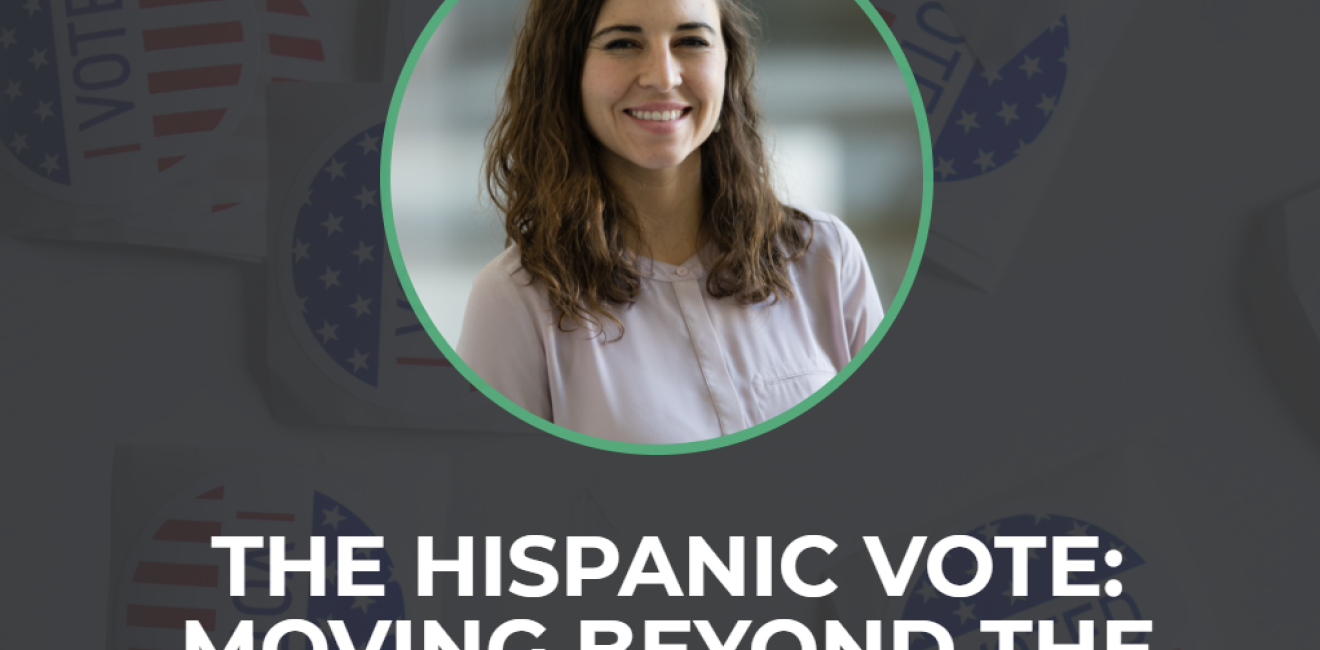If you were curious about the significance of the Hispanic vote in 2020, the various efforts to speak Spanish at the first democratic debates is a good indication. The use of Spanish is just one way candidates are trying to attract Hispanic voters, and this year these strategies are especially important.
According to Pew Research, 2020 will be the first U.S. election in which Hispanics make up the largest racial or ethnic minority in the electorate. Although Hispanics typically have a low voter turnout – more than half of voting-age Hispanics didn’t vote in 2008 or 2012 – their numbers are on the rise. The 2018 midterms show an upward trend in Hispanic voter turnout that will likely hold true for 2020.
Now, it is important to note that Hispanics are an incredibly diverse population that's difficult to place under one umbrella term. For example, Hispanics of Mexican origin accounted for 63.3 percent (36 million) of the nation’s Hispanic population in 2015. But Puerto Ricans, Cubans, Salvadorans and many more also make up important voting blocks.
Much has been written about why many Hispanics do not vote and how campaigns can encourage them to do so. As noted before, turning out the vote is important. But it is but one aspect of Hispanic engagement. Hispanic engagement needs to extend beyond the campaign trail to address the practical barriers to voting.
A growing problem to ensuring the highest Hispanic voter inclusion are the barriers faced by those born abroad. Immigration court backlogs are wreaking havoc on the immigration system and affecting the rate at which naturalization applications can be processed. Wait times for legal permanent residents to naturalize has almost doubled in the last two years. Yet, Hispanic naturalized citizens are more likely to vote than their U.S. born counterparts.
Another hurdle is that some Hispanics eligible for naturalization do not want to undergo the process. Compared to naturalization rates for other immigrants, Mexican rates of naturalization remain low for those who are eligible. There are many reasons for this, but language accessibility, lack of interest and financial barriers are among the top reasons why Mexicans who could one day vote, do not.
Another crucial challenge to increasing Hispanic participation is the sentiments of Hispanics about their place in U.S. society. According to Pew Research, 55 percent of Hispanics say the situation for Latinos has worsened in the last year, and 61 percent have serious concerns about their place in America.
Compounding these sentiments are the current threats of deportations, TPS cancellations and DACA limbo. While the populations living undocumented or under TPS or DACA protection cannot vote, many are part of mixed-status families, meaning these families are comprised of members with different immigration statuses who have family members eligible to vote. In fact, more than 8 million U.S. citizens have at least one unauthorized family member living with them in the same household. The precarious nature of these immigration statuses adds additional stressors to families and communities.
Barriers to Hispanic political inclusion do not end there. Politicians on the campaign trail make serious efforts to reach out to Hispanic voters, but it often seems like the outreach ends once the ballots are cast. Hispanics polled in the 2016 presidential election stated that their top voting priorities were education and the economy. There has been progress for Hispanics on both these issues. The college attainment rate for Hispanics has grown in recent years and the poverty rate for Hispanics is declining.
Yet, nearly two-thirds of Hispanic students end up in underserved community colleges or second-tier public universities and only 15 percent attend one of the 500 most selective colleges, according to the Georgetown Center on Education and the Workforce. And it’s not just the students: Hispanic faculty in four-year colleges and universities is at around 3 percent for Hispanic males and just 2 percent for Hispanic females.
The American economy is strong overall, but Hispanics still make up 27.2 percent of the total population living in poverty.
As a Hispanic, I am heartened by the increasing political power that we hold—but there is a long road ahead before Hispanics’ political potential is realized. If politicians really want to unlock the full potential of Hispanic voter turnout, addressing the issues that are important to the Hispanic community, removing barriers to voting and creating a country where we can thrive will build trust and encourage further participation.
Author

Advocate for Latin America, Refugees International

Mexico Institute
The Mexico Institute seeks to improve understanding, communication, and cooperation between Mexico and the United States by promoting original research, encouraging public discussion, and proposing policy options for enhancing the bilateral relationship. A binational Advisory Board, chaired by Luis Téllez and Earl Anthony Wayne, oversees the work of the Mexico Institute. Read more

Explore More
Browse Insights & Analysis
Did the 20th Century Just End? One Historian’s Perspective

Political Turmoil in Pakistan: No End in Sight

Romanian Court Annuls Presidential Election Results Following Russian Interference Allegations

